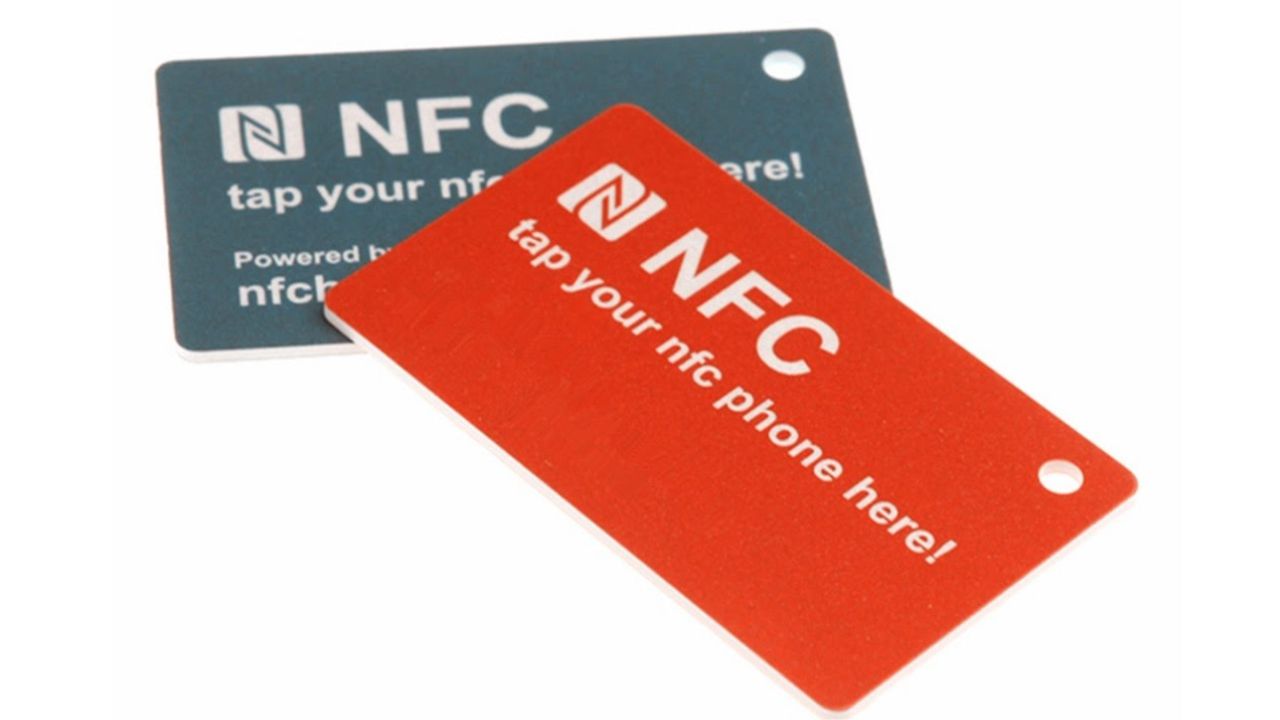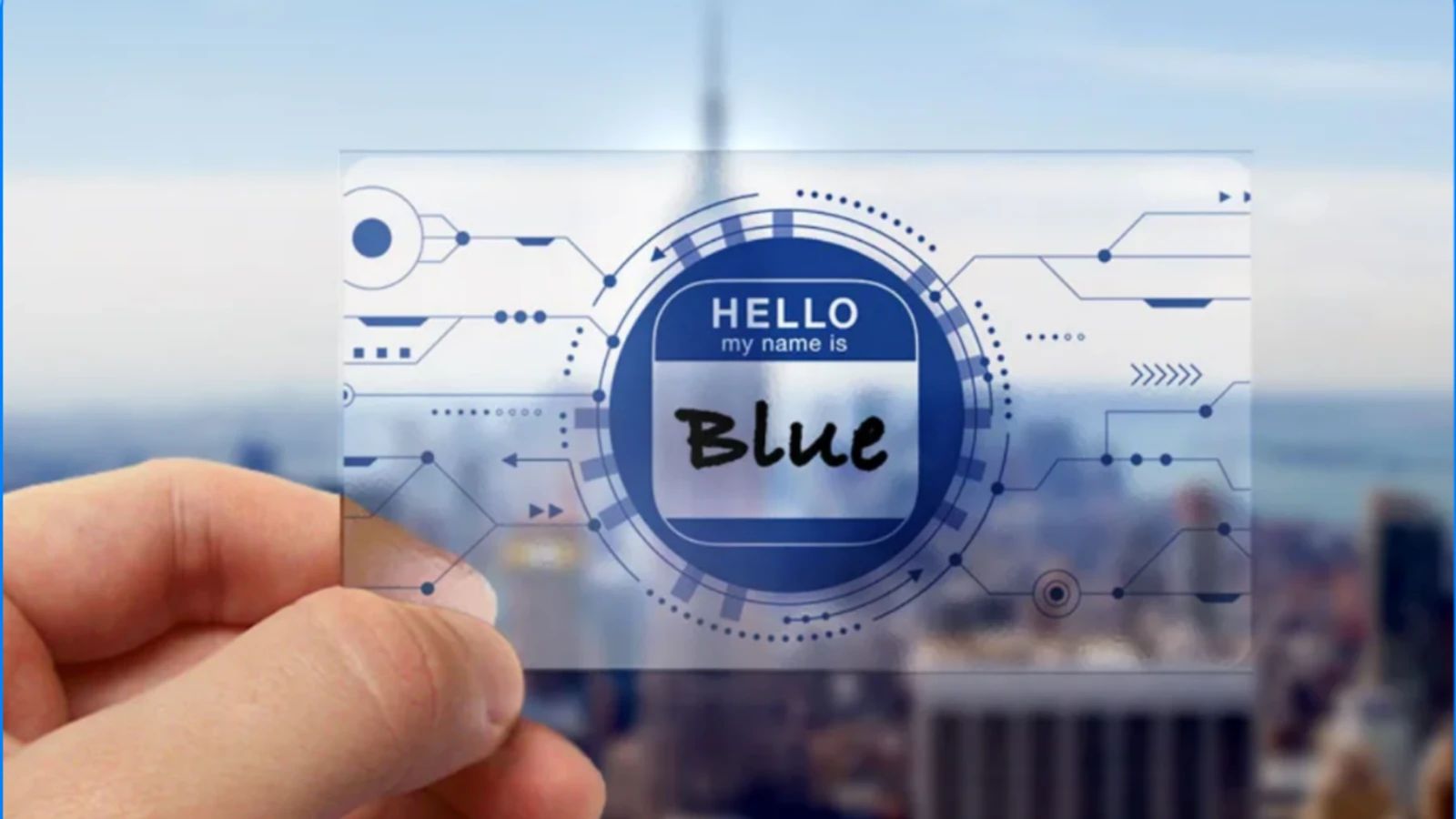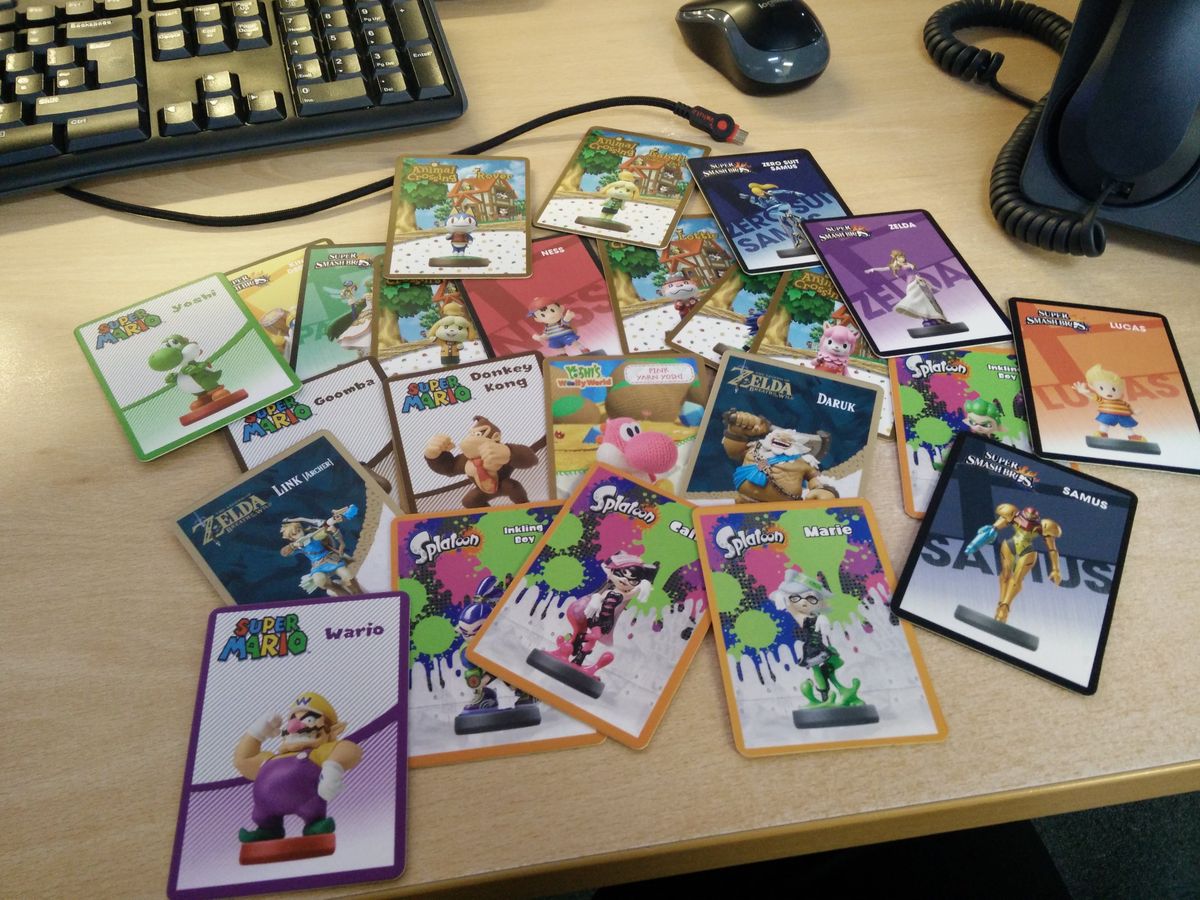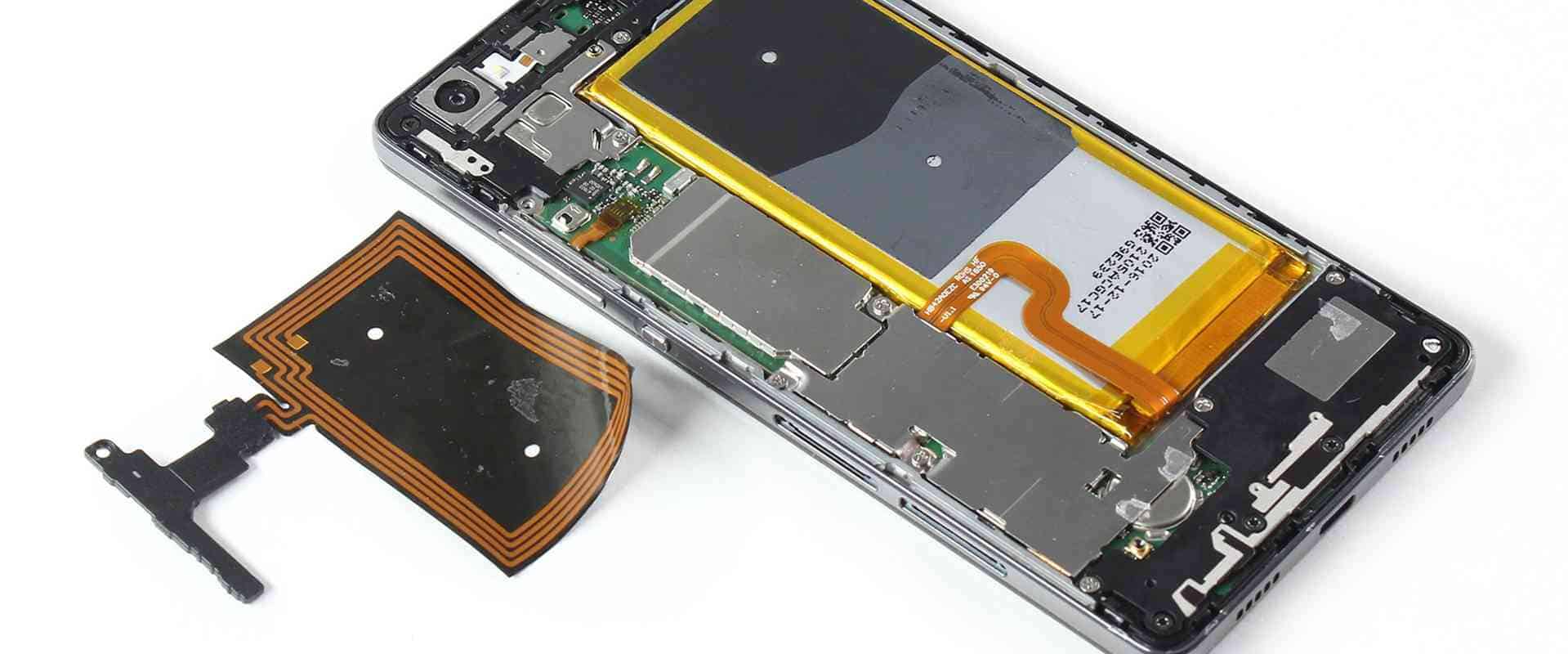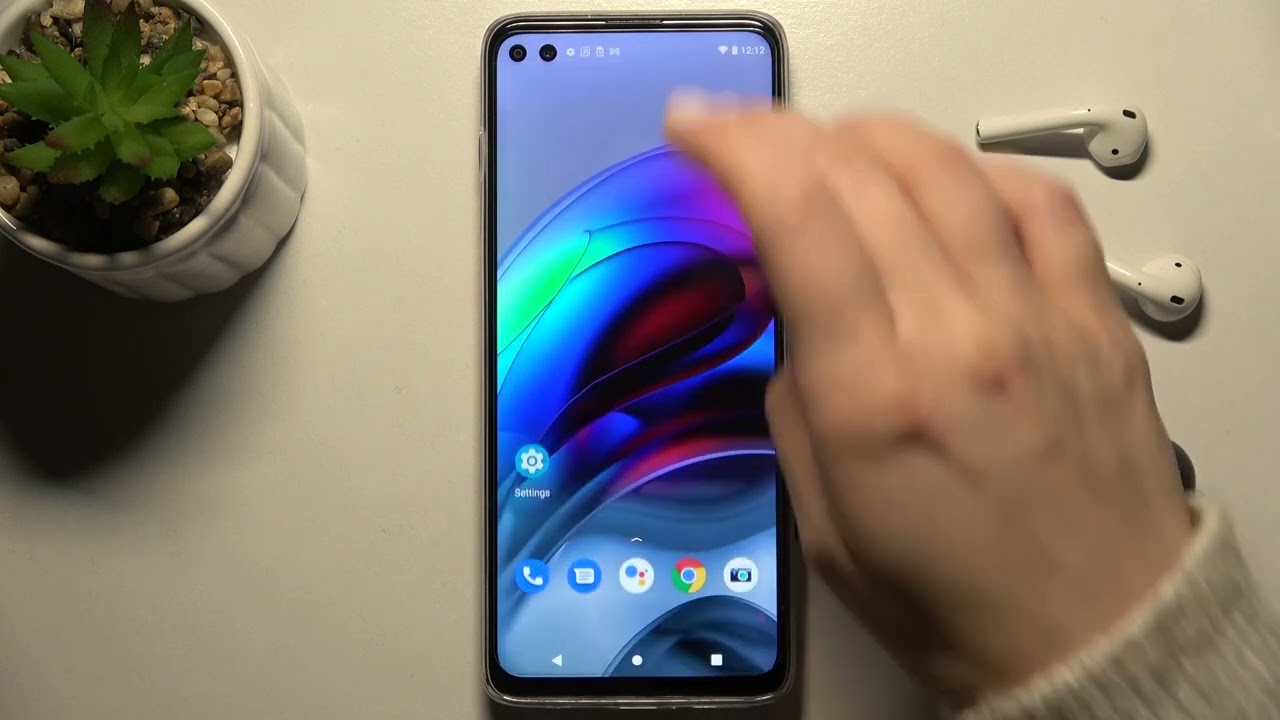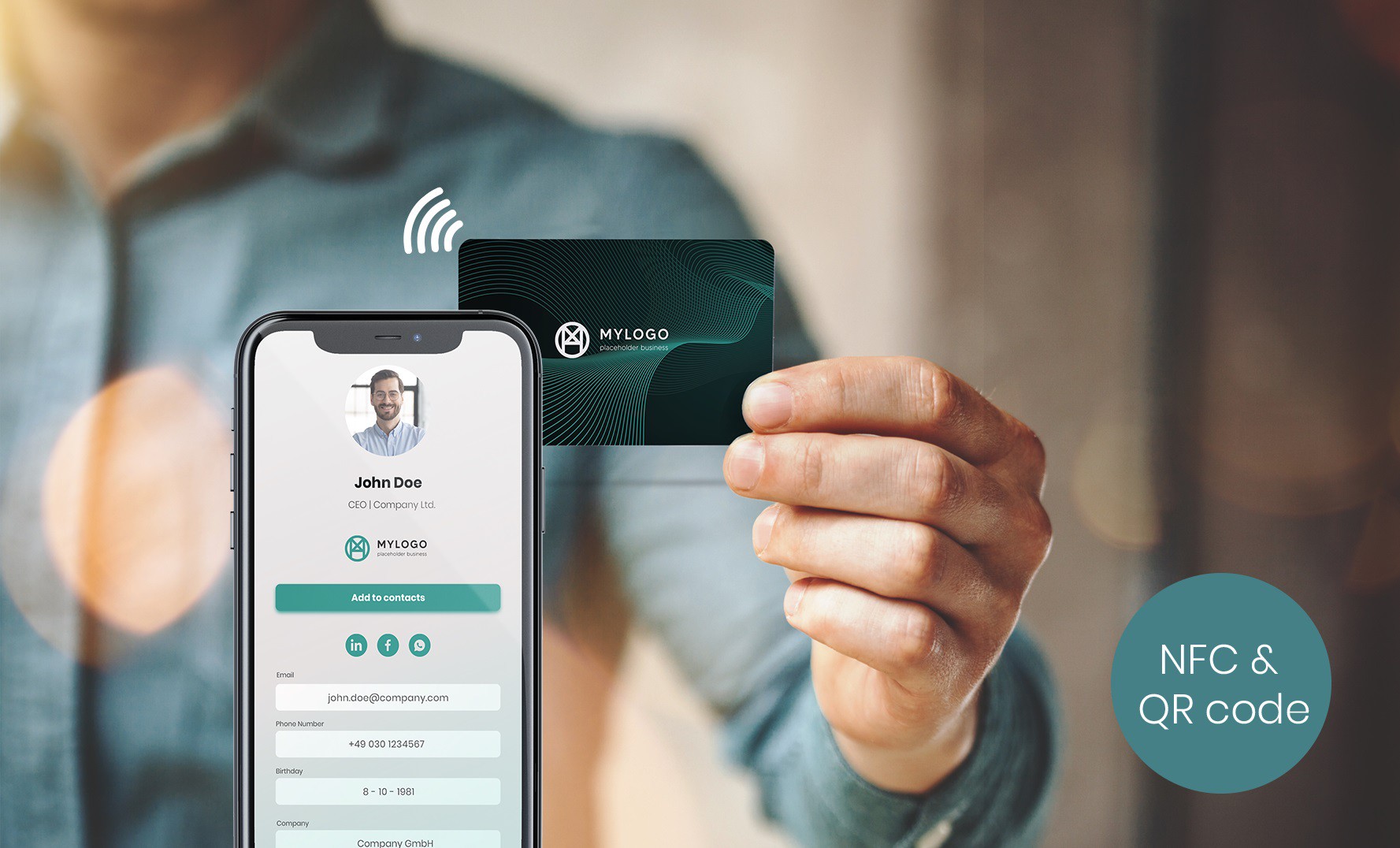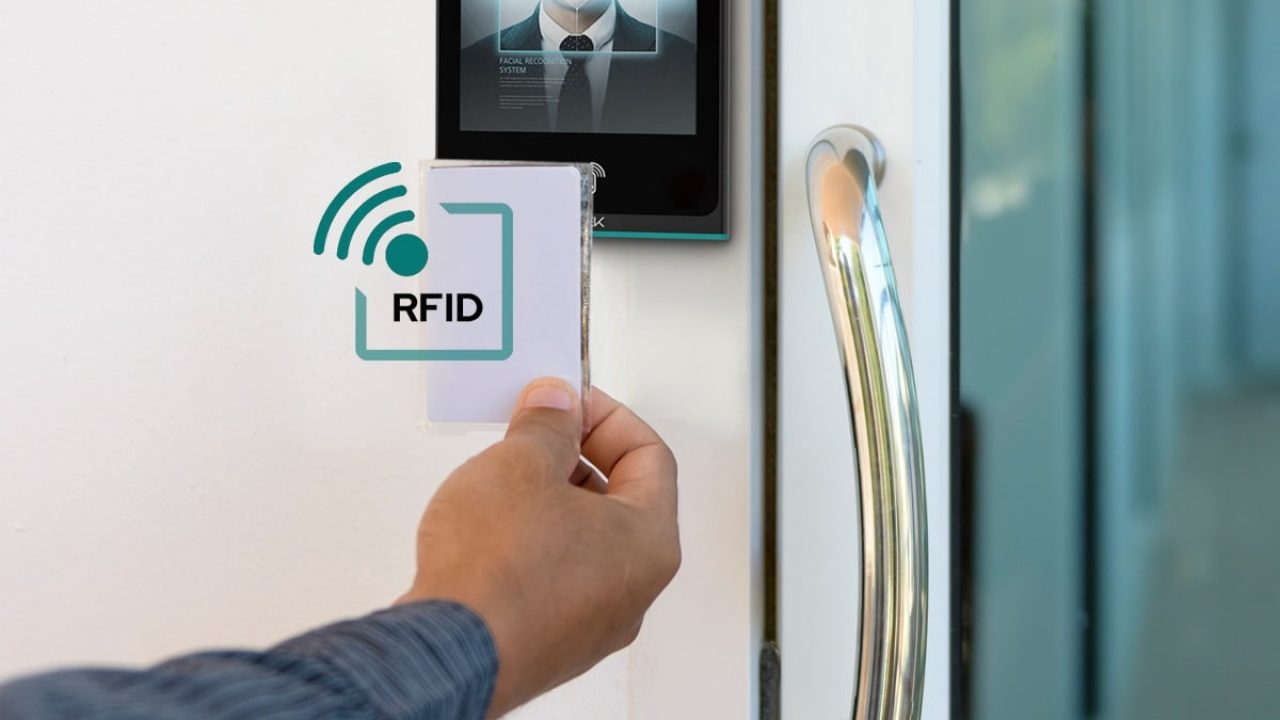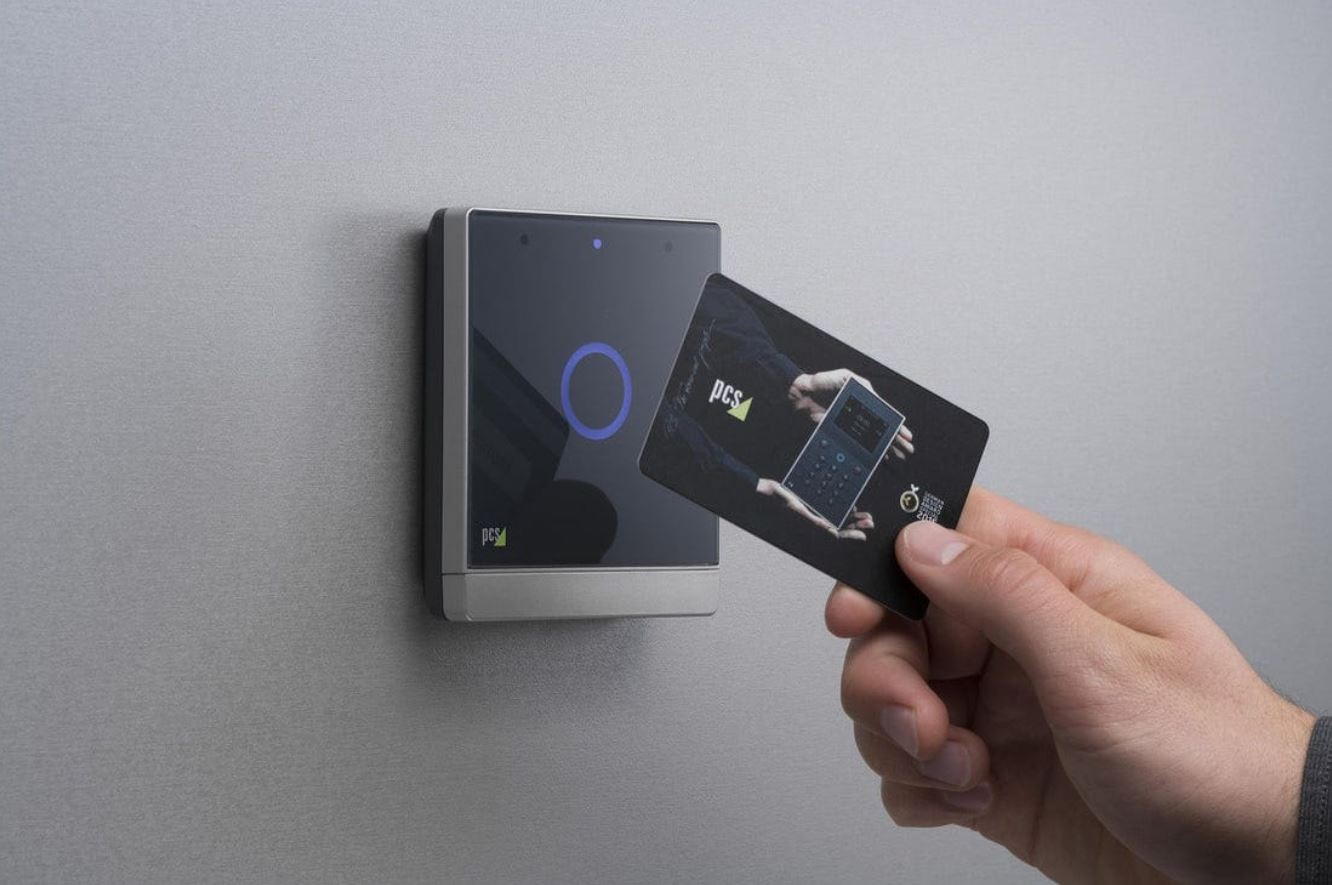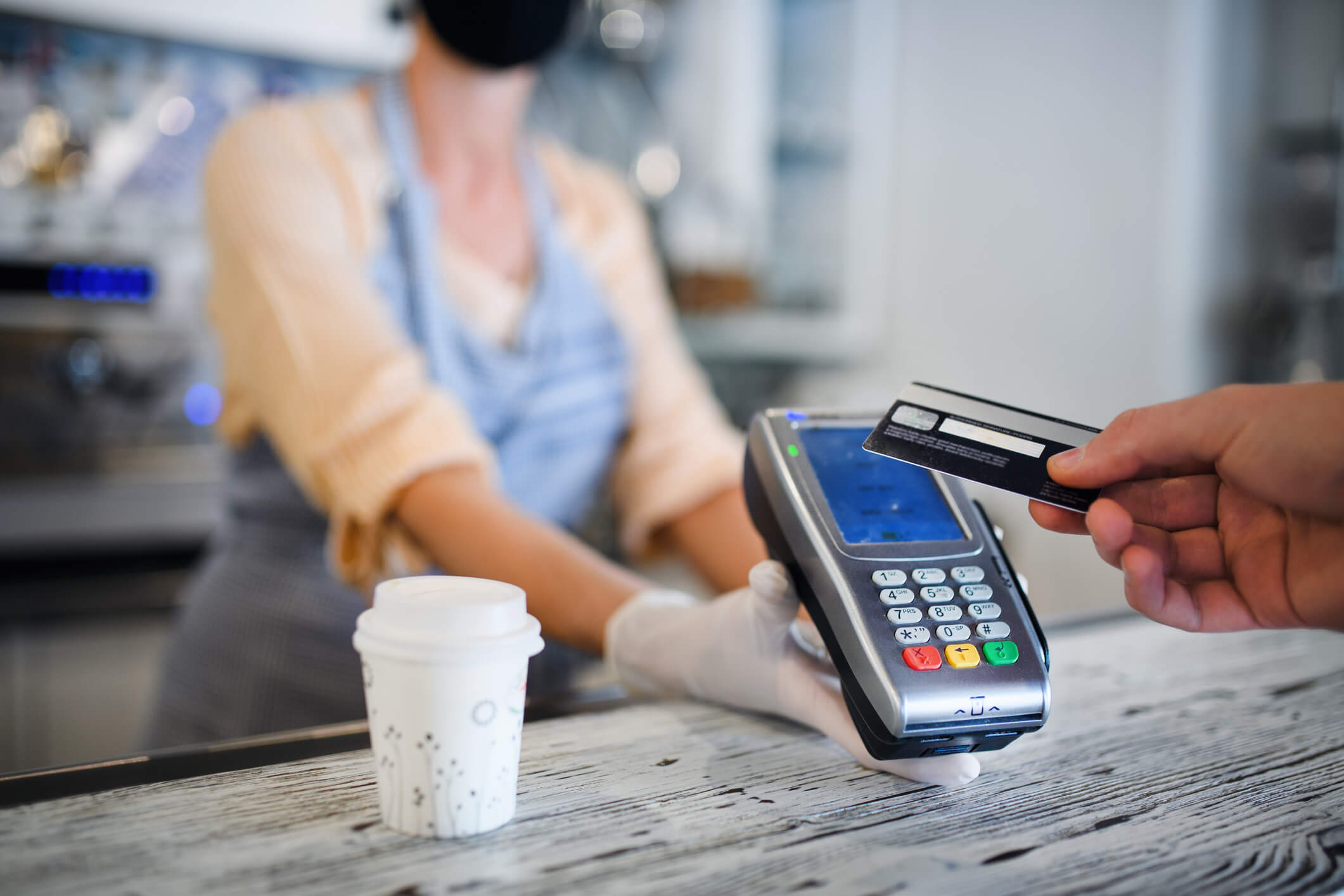Introduction
Welcome to our comprehensive guide on how to print on NFC cards. NFC (Near Field Communication) technology has gained significant popularity in recent years due to its convenience and versatility. NFC cards allow users to perform various tasks such as making contactless payments, accessing information, and even controlling electronic devices with just a simple tap.
Printing on NFC cards opens up a wide range of possibilities for businesses, organizations, and individuals. Whether you want to create custom access cards for your employees, promotional cards for your business, or personalized cards for events or giveaways, being able to print on NFC cards gives you the freedom to design and customize to your heart’s content.
In this guide, we will walk you through everything you need to know about printing on NFC cards. From understanding what NFC cards are to the step-by-step process of printing on them, we have got you covered. So, let’s dive in and explore the world of NFC card printing!
What are NFC Cards?
NFC cards are a type of smart card that incorporate NFC technology, allowing them to communicate wirelessly with other NFC-enabled devices, such as smartphones or card readers. NFC technology operates on radio frequency identification (RFID) principles, which enable close-range communication between devices within a few centimeters.
These cards typically resemble traditional plastic cards, like credit or debit cards, and contain an embedded NFC chip and antenna. The NFC chip stores information that can be read or written to by compatible devices. The data stored on the card can include contact information, website URLs, authentication data, or even access credentials.
One of the distinguishing features of NFC technology is its ability to enable contactless data exchange. The proximity-based nature of NFC means that users can simply hold their NFC-enabled device near an NFC card to establish a connection. This seamless interaction has revolutionized numerous industries, including payment systems, access control, and marketing.
NFC cards have become increasingly popular due to their versatility and convenience. They can be used for a variety of applications, such as secure access control for buildings or restricted areas, cashless transactions at events or conferences, interactive marketing campaigns, and much more. The ability to print directly on NFC cards allows for customization and branding opportunities, making them even more valuable for businesses and organizations.
It’s worth noting that NFC cards are different from RFID cards, although they share similarities in terms of their communication technology. The main distinction is that NFC cards are designed to be compatible with smartphones and other consumer devices, whereas RFID cards are primarily used for industrial or logistics purposes.
In the next section, we will explore why printing on NFC cards can be advantageous and how it can benefit you or your organization.
Why Print on NFC Cards?
Printing on NFC cards offers a multitude of benefits and opportunities for businesses, organizations, and individuals. Let’s explore some of the key reasons why you should consider printing on NFC cards:
1. Branding and Customization: Printing on NFC cards allows you to incorporate your brand’s logo, colors, and design elements. This customization enhances brand recognition and creates a professional and cohesive look for your cards. It also provides a unique opportunity to showcase your creativity and make a lasting impression on recipients.
2. Increased Functionality: By printing on NFC cards, you can enhance their functionality beyond the basic features of a traditional card. You can program the NFC chip to perform specific actions, such as opening a website, initiating a phone call, or launching an application when tapped with an NFC-enabled device. This added functionality can greatly enhance user experience and drive engagement.
3. Enhanced Security: NFC cards can serve as secure access credentials, allowing authorized individuals to gain entry to restricted areas. By printing on NFC cards, you can easily incorporate employee or member information, assign unique identifiers, or even include additional security features like holograms or QR codes for added protection against counterfeiting.
4. Marketing and Promotional Opportunities: Utilizing NFC cards in your marketing efforts opens up a world of possibilities. By printing your promotional message or campaign details on NFC cards, you can effortlessly distribute information, offers, or promotions to potential customers. The interactive nature of NFC technology grabs attention and increases the chance of conversion.
5. Versatility: NFC cards are highly versatile and can be used in various industries and applications. Whether it’s for events, conferences, loyalty programs, or transportation systems, printing on NFC cards ensures that you have a versatile tool that can adapt to your specific needs.
By taking advantage of these benefits, printing on NFC cards can help you elevate your brand, enhance user experience, and streamline operations. In the next section, we will discuss the essential requirements for printing on NFC cards.
What You Need
To begin printing on NFC cards, you will need a few essential items and software. Here’s what you will need:
1. NFC Cards: First and foremost, you will need NFC cards that are compatible with your printing method. There are various types and sizes of NFC cards available, so choose the ones that best suit your requirements. Make sure the NFC cards have a writable NFC chip and sufficient space for printing your desired design and information.
2. NFC-enabled Printer: You will need an NFC-enabled printer capable of printing on NFC cards. These specialized printers will have the necessary hardware and software to interact with the NFC chip on the cards. Ensure that the printer you choose supports the size and type of NFC cards you have selected.
3. Printing Software: Depending on the capabilities of your NFC printer, you might need printing software that is compatible with the printer and allows you to design and print on NFC cards. Look for user-friendly software that provides flexibility and customization options for your printing needs.
4. Design Templates or Graphic Editor: If you want to create visually appealing designs for your NFC cards, you may need design templates or graphic editing software. These tools will allow you to create eye-catching layouts, incorporate your brand elements, and tailor the design to your specific requirements.
5. Computer or Mobile Device: You will need a computer or mobile device to design and send the printing job to the NFC printer. Ensure that your device is compatible with the software and printing requirements of the NFC printer you are using.
6. NFC Encoding Software: If you plan to program specific actions or information into the NFC chip on the cards, you will need NFC encoding software. This software allows you to write data onto the NFC chip, such as URLs, contact information, or authentication data.
7. Optional Accessories: Depending on your specific needs, you may also want to consider additional accessories such as card holders, lanyards, or protective sleeves to enhance the functionality and durability of your printed NFC cards.
With these essential items and software in place, you are ready to proceed with the step-by-step guide to printing on NFC cards. We will cover this in detail in the next section.
Step-by-Step Guide to Printing on NFC Cards
Printing on NFC cards involves several sequential steps to ensure a successful outcome. Follow this step-by-step guide to navigate through the printing process:
1. Prepare the Design: Use your preferred graphic editing software or design templates to create the layout for your NFC cards. Incorporate your branding elements, contact information, or any other desired content. Ensure that the design fits within the dimensions of your NFC cards and aligns with your printing software’s requirements.
2. Connect the NFC-enabled Printer: Connect your NFC-enabled printer to your computer or mobile device using the provided cables or via a wireless connection. Ensure that the printer is powered on and properly recognized by your device.
3. Load NFC Cards: Place the NFC cards into the printer’s input tray or designated card slot. Make sure that the cards are correctly aligned and securely positioned to avoid any printing errors or misalignments.
4. Set Printing Options: Open the printing software or driver interface on your computer or mobile device. Adjust the necessary printing settings such as card size, print quality, colors, and orientation according to your preferences and the specifications of your NFC cards.
5. Print Test Samples: Before printing your entire batch of NFC cards, it’s advisable to print a few test samples to ensure that the design and printing settings are aligned correctly. Verify that the colors, alignment, and overall printing quality meet your expectations.
6. Start Printing: Once you are satisfied with the test samples, proceed to print the complete batch of NFC cards. Monitor the printing process closely to ensure that each card is being printed accurately and without any issues.
7. Finalize the Printing: Allow the printed NFC cards to dry completely before handling them. Depending on the type of ink or printing technology used, the drying time may vary. Avoid smudging or damaging the printed surface of the NFC cards during this crucial stage.
8. Optional: Program NFC Chip: If desired, use NFC encoding software to program the NFC chips on the printed cards. This step allows you to provide additional functionality or information to the recipients of the NFC cards, enhancing their usability and engagement.
Congratulations! You have successfully printed on your NFC cards. Take a moment to review the final printed cards for any imperfections or errors before distributing or using them. Now you can enjoy the numerous benefits of customized NFC cards for your business, organization, or personal use.
Tips for Successful Printing
Printing on NFC cards requires attention to detail and careful execution to ensure optimal results. Here are some useful tips to help you achieve successful printing on your NFC cards:
1. Use High-Quality NFC Cards: Invest in high-quality NFC cards that are specifically designed for printing. These cards have a smooth and evenly coated surface that ensures better ink adhesion and print quality. Using low-quality or incompatible cards can result in faded colors, smudging, or poor printing results.
2. Choose the Right Printing Technology: Consider the printing technology suitable for your needs. Different printing technologies, such as inkjet or thermal transfer, may have varying results in terms of print quality, color vibrancy, and overall durability. Research and select the technology that aligns with your requirements.
3. Optimize Design for Printing: When designing your NFC cards, consider how the design elements will be translated onto the printed surface. Ensure that the colors, fonts, and images are suitable for printing and that any gradients or intricate details are within the printer’s capabilities. Test the design on a smaller scale before proceeding with the full batch.
4. Calibrate and Adjust Printer Settings: Take the time to calibrate your NFC-enabled printer and adjust the print settings according to the NFC cards and your design requirements. Pay attention to parameters such as print density, color profiles, and alignment to ensure accurate printing on the NFC cards.
5. Allow Sufficient Drying Time: After printing, give the NFC cards ample time to dry completely. This prevents smudging and potential damage to the printed surface. Follow the manufacturer’s recommendations regarding drying times to achieve the best print quality and durability.
6. Test Printing on a Small Batch: Before printing a large batch of NFC cards, it’s prudent to test the printing process on a smaller quantity. This allows you to identify any potential issues or areas for improvement without wasting a significant number of NFC cards.
7. Handle Cards with Care: Treat the NFC cards with care to avoid smudging or scratching the printed surface. Use clean hands when handling the cards and consider wearing gloves, if necessary. Store the printed cards in a safe and dust-free environment to maintain their quality.
8. Keep Printer Maintenance in Mind: Regularly clean and maintain your NFC-enabled printer to ensure consistent print quality. Follow the manufacturer’s recommendations for cleaning procedures and schedule regular maintenance to avoid any printing issues.
By following these tips, you can enhance the printing experience and achieve professional-looking NFC cards that meet your expectations. With proper care and attention to detail, your printed NFC cards will effectively convey your message and provide an exceptional user experience.
Conclusion
Printing on NFC cards opens up endless possibilities for customization, branding, and enhanced functionality. With NFC technology becoming increasingly prevalent, the ability to print on NFC cards allows businesses, organizations, and individuals to take advantage of this innovative technology.
In this guide, we have covered the basics of NFC cards, the benefits of printing on them, and provided a step-by-step guide to help you navigate the printing process. We also offered tips to ensure successful printing and shared insights on optimizing the design and selecting the right printing technology.
By printing on NFC cards, you can elevate your brand, enhance user experience, and add value to your organization or personal endeavors. These versatile cards can be used for secure access control, interactive marketing campaigns, or simply providing convenient information to users.
Remember to invest in high-quality NFC cards that are specifically designed for printing, and choose a printing technology that aligns with your requirements. Take the time to calibrate your NFC-enabled printer, optimize your designs for printing, and allow sufficient drying time for the printed cards.
As NFC technology continues to evolve, the possibilities for printing on NFC cards will continue to expand. Stay up-to-date with the latest advancements and explore new ways to utilize NFC cards in your business or personal endeavors.
Now that you have the knowledge and understanding of printing on NFC cards, it’s time to unleash your creativity and create custom NFC cards that leave a lasting impression. Embrace the power of NFC technology and discover the endless possibilities that printing on NFC cards can offer.







